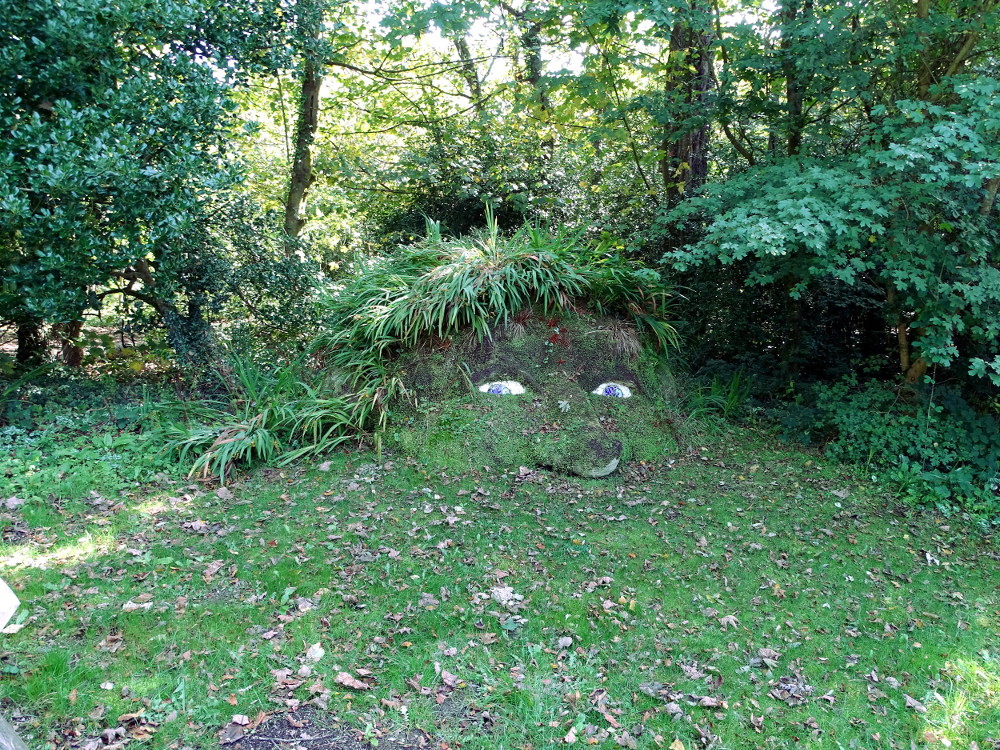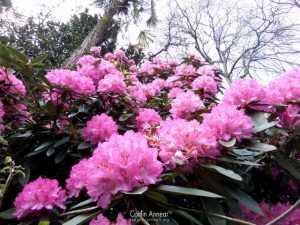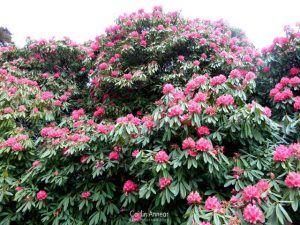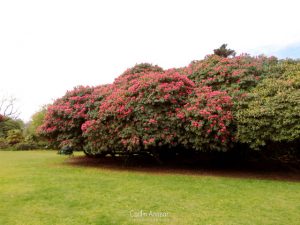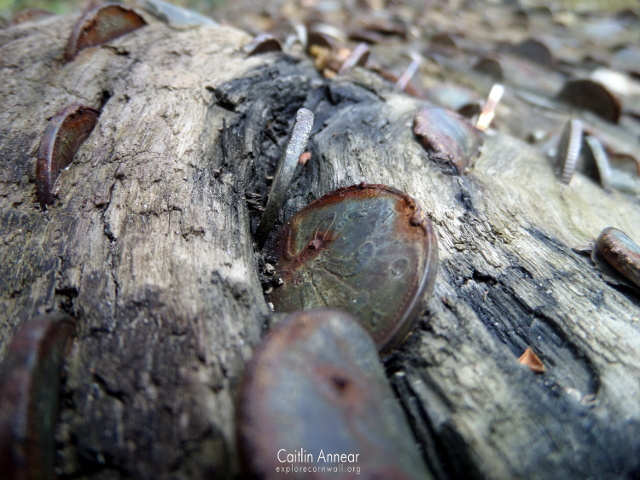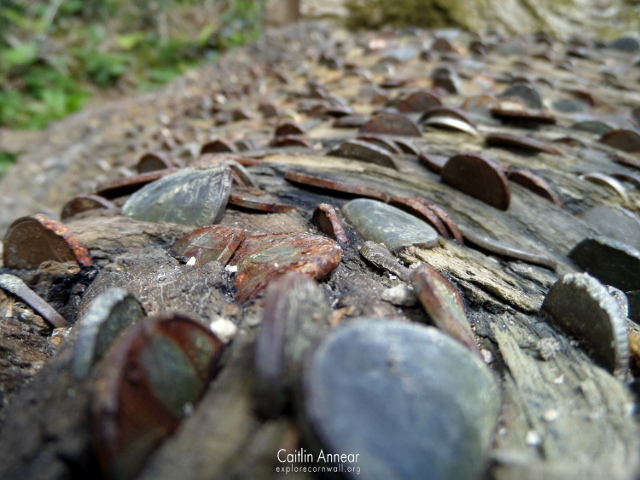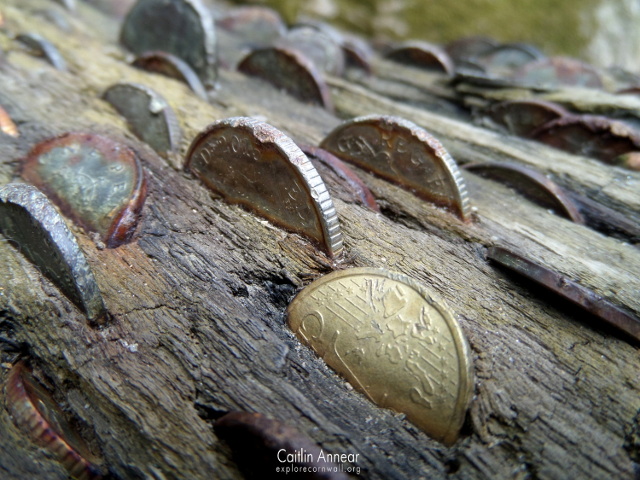The ‘Lost’ Gardens of Heligan were once genuinely lost to time, with the ancient gardens overgrown and forgotten until a group of individuals undertook one of the largest restorations in Europe. Originally home to the Tremayne family for 400 years, by the twentieth century its gardens were left abandoned to the environment.
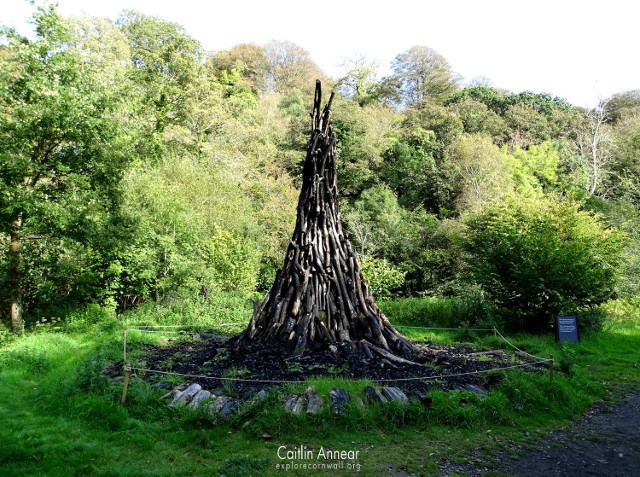
Lost Valley sculpture: Growth & Decay.
Heligan’s life started at some point in the 1200’s, when the first manor house was built on the land. Little information exists between then and 1569 when the land was bought by Sampson Tremayne of St Ewe, starting the long succession of the Tremayne family.
In 1603 saw another house built, until 1692 when the current one was erected in the same spot. This house was constructed from bricks made on the estate for Sir John Tremayne, who handed the estate down to Rev Henry Hawkins Tremayne. Under his ownership new domestic wings were added to the house.
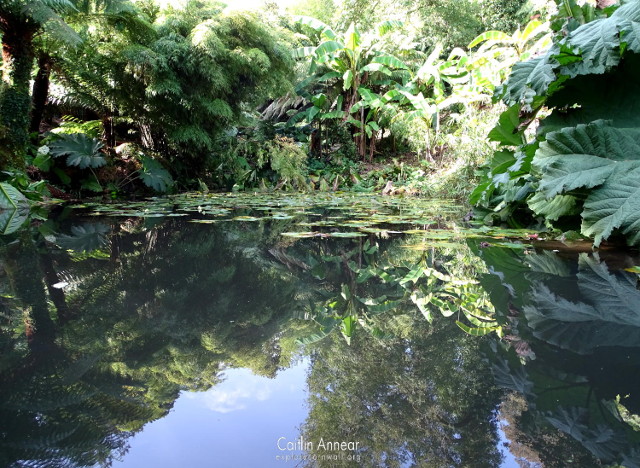
In 1829 John Hearle Tremayne further remodelled the house and estate, giving it a more Georgia look and adding ornamental gardens. Through his marriage to Caroline Lemon, daughter of Sir William Lemon of Carclew, he was able to secure rare and exotic plants from her plant hunter brother. 1851 saw the famous Hooker rhododendrons were planted on the grounds.
The gardens were continuously expanded over the next sixty years, with the addition of more exotic plants and development of the Japanese Gardens (now the Jungle section).

The reign of the Tremayne family ground to a holt with the start of WWI; the majority of the estate staff went off to war and the house was later used as a convalescent home. Between the two wards, the land was rented out, but during WWII it was utilised by the American forces. It continued to be rented afterwards, with the garden falling into disrepair. In 1973-4 the house was separated into appartments.
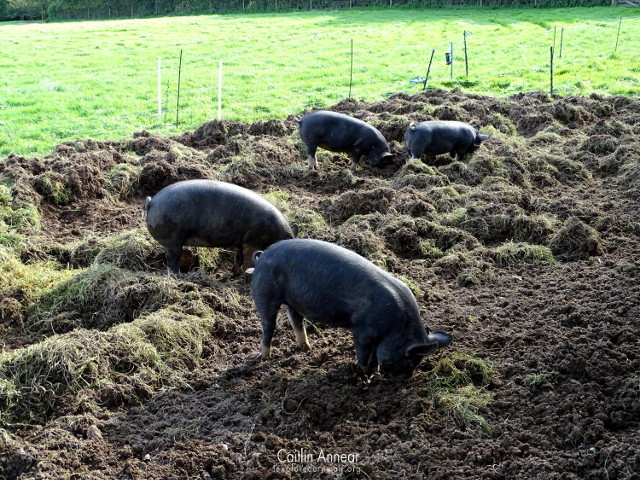
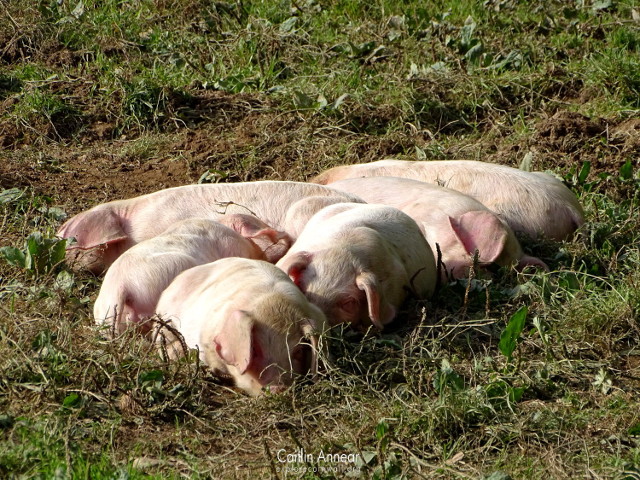
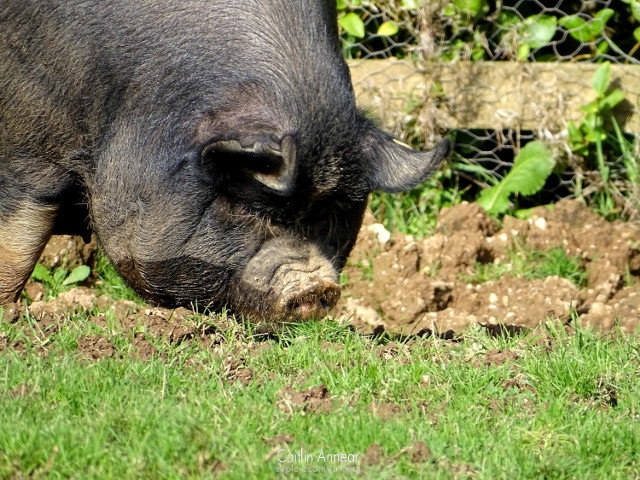
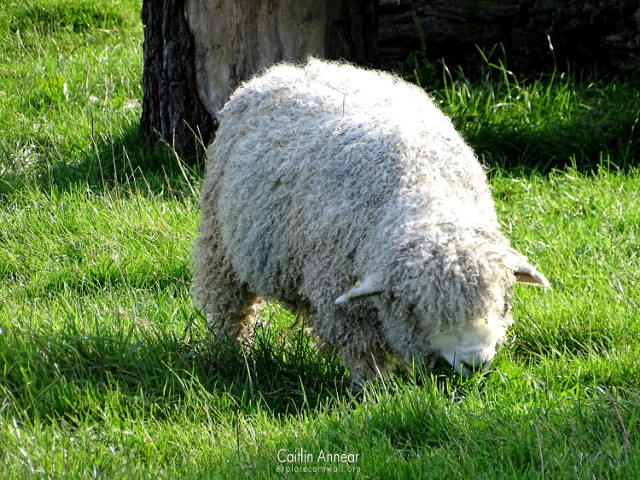
Some of the beautiful rare breed animals living on the farm.
1990 was the kick off for the great garden restoration. Led by Tim Smit and John Willis, over the next thirty years the garden was systematically cleared and pieced back together; starting with the Melon Yard and East and West Rides, the garden was crafted into the masterpiece it is today. In 1992 it was opened to the public for the first time, with work continuing all the time.
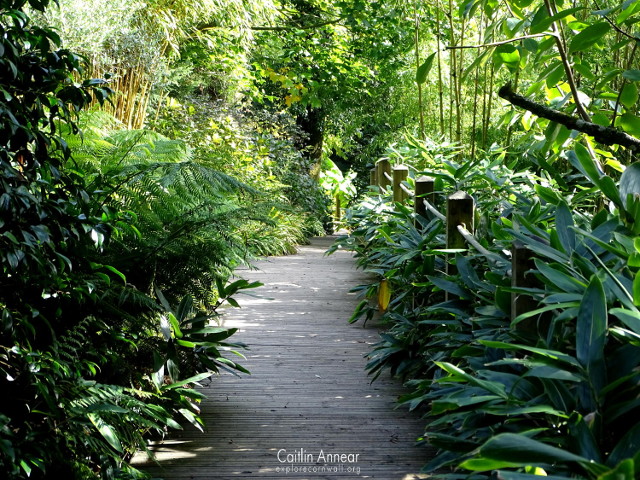
Access is available to the public although check their website for up to date opening times and prices. Dogs are welcome in all areas of the gardens on leads.
There is a restaurant at the entrance to the gardens which serves the most wonderful food, with a smaller cafe near the farm with snacks and coffee.
There is substantial free parking available on site.
Gamble, B. (2014) Cornwall’s Great Houses and Gardens. Penzance: Alison Hodge Publishers.
Lost Gardens of Heligan (2020) Timeline. Available at: https://www.heligan.com/the-story/timeline (Accessed: 29 March 2020).
